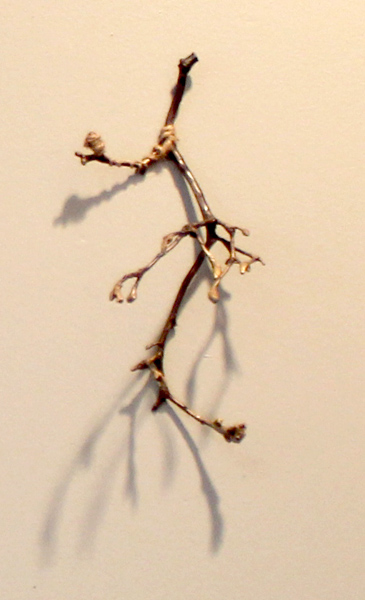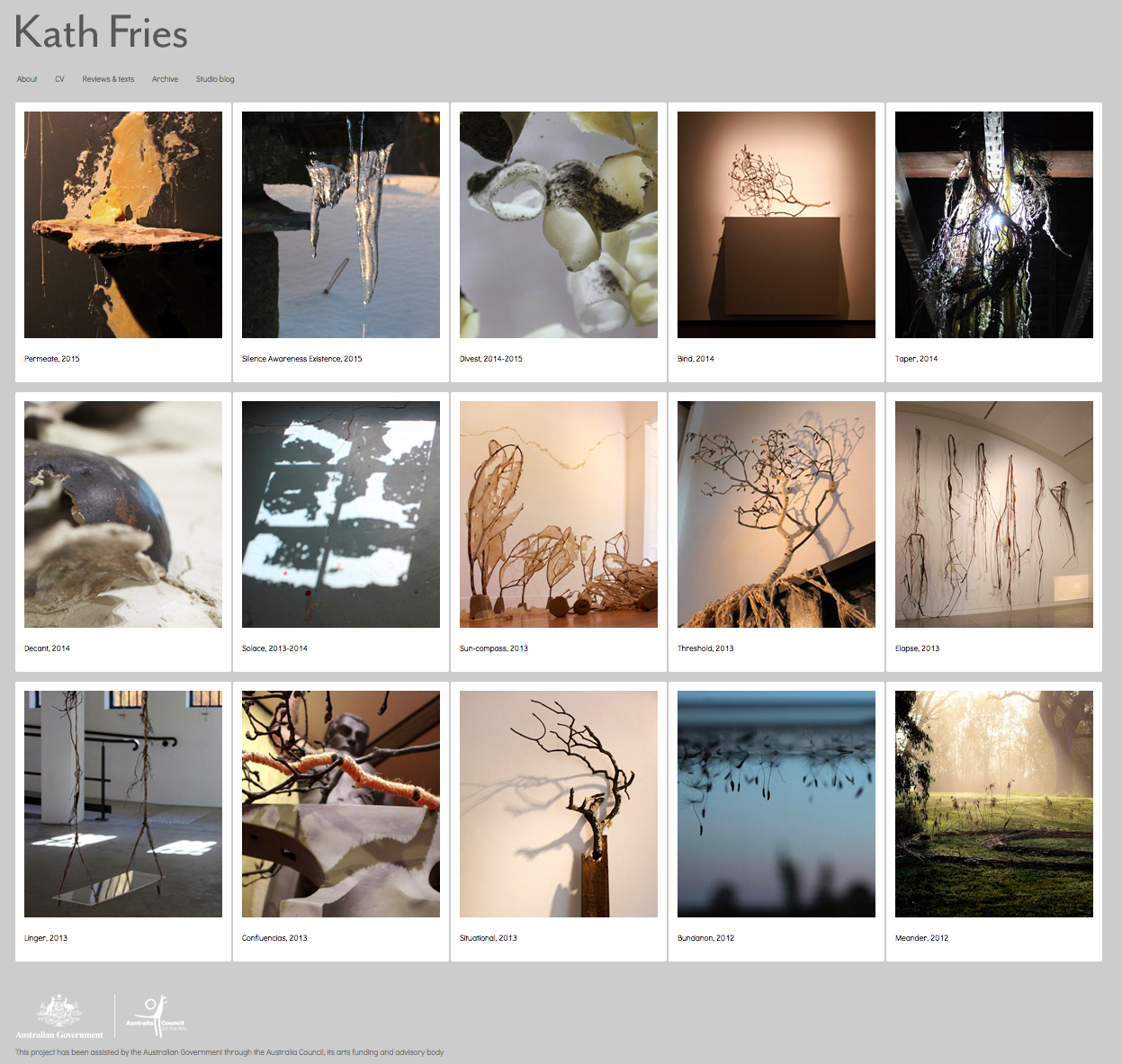For this group exhibition, Then things begin to change… #ephemeral2013, I'll be installing some new works developed during my recent residency at Hill End, including Solace, my beeswax window pane and floor shadow installation pictured in the invitation below. You can view photos of these works in progress, on my September blog posts from Hill End. I would like to thank Katy Preston for inviting me to be part of this exhibition at Archive Space, and Bathurst Regional Art Gallery (BRAG) for selecting me for the Hill End artist-in-residence program which enabled me to have the time, space and inspiration to develop these works.
 |
| Then things begin to change… #ephemeral2013, exhibition invitation |
"...That we live in an era in which we are inundated with imagery through social media is not a new observation. The drive to capture the everyday through applications such as Instagram has become second nature. THEN THINGS BEGIN TO CHANGE… #ephemeral2013 explores this strengthening form of interaction with the world around us by creating an evolving exhibition of ephemeral art and asking observers to document its physical transitions in a cumulative virtual exhibition. Working on varying temporal cycles and continuums the artworks of Kath Fries, Julia Gove, and collaborative artists Kathryn Ryan and Alexandra Spence mark the passing of time through the use of light, sound and material shifts. Changing according to the time of day, the day of the exhibition, and the movements of the observer THEN THINGS BEGIN TO CHANGE… #ephemeral2013 will constitute a different experience for every viewer. All visitors are strongly encouraged to actively engage with the artworks by photographing them (as details or in full, in isolation or in relation to one another) and posting the images on Instagram with the hashtag #ephemeral2013, forming a virtual record that will exist long after the physical exhibition ceases to, and providing an insight into how different viewers respond to the space."
Katy Preston, Curator
 |
| The Thousands - the best of Sydney - recommends 'Then Things Begin To Change' http://thethousands.com.au/sydney/calendar/then-things-begin-to-change-curated-by-katy-preston#2 |
Then things begin to change… #ephemeral2013
Kath Fries, Julia Gove, Kathryn Ryan & Alexandra Spence
Curated by Katy Preston
4 - 14 December 2013
Archive Space, 5 Eliza Street, Newtown, NSW 2042
Opening: Wednesday 4 December 2013, 6-8pm
Gallery open: Thursday to Saturday, 12 - 4pm
 |
| Archive Space invitation Then things begin to change… www.archivespace.com.au |























































%2BWhite%2C%2BBRANCH%2B3d.jpg)














.jpg)














